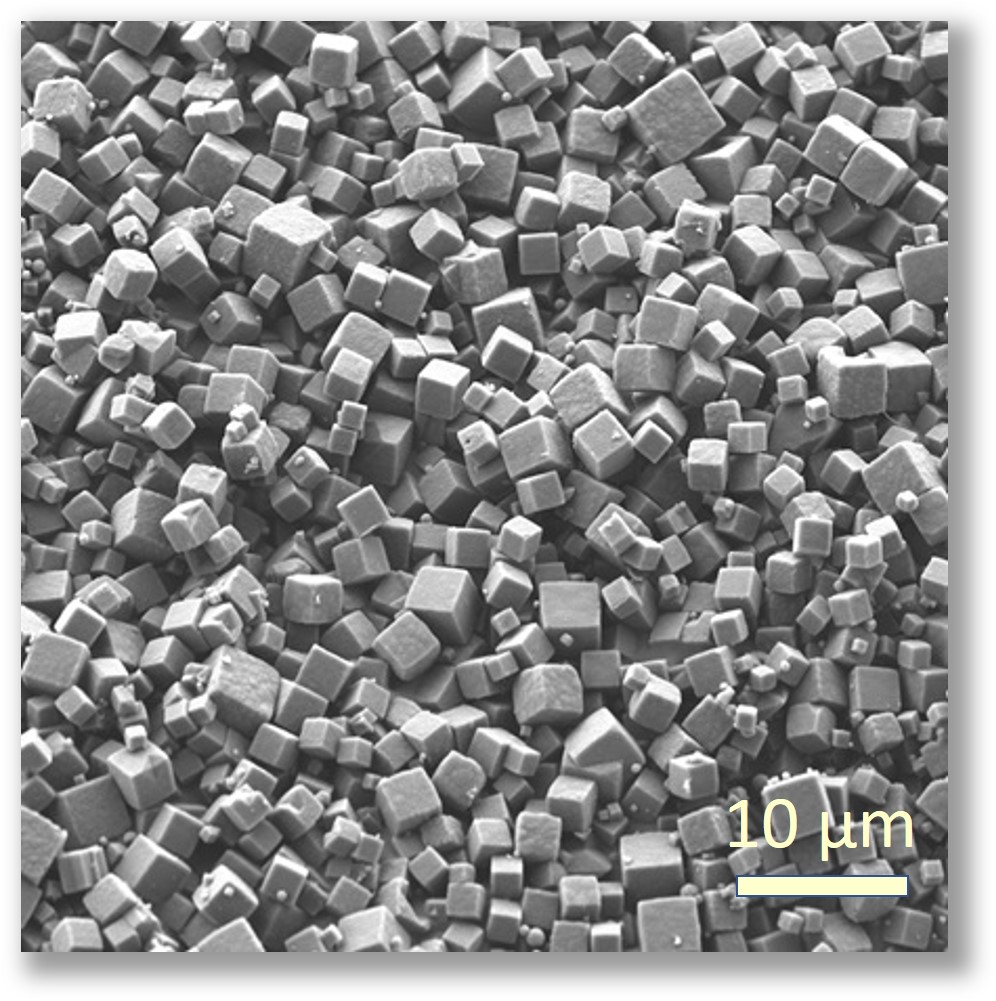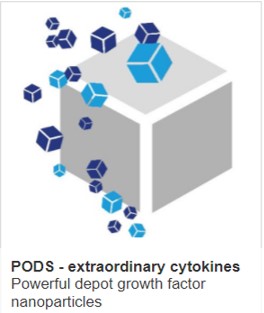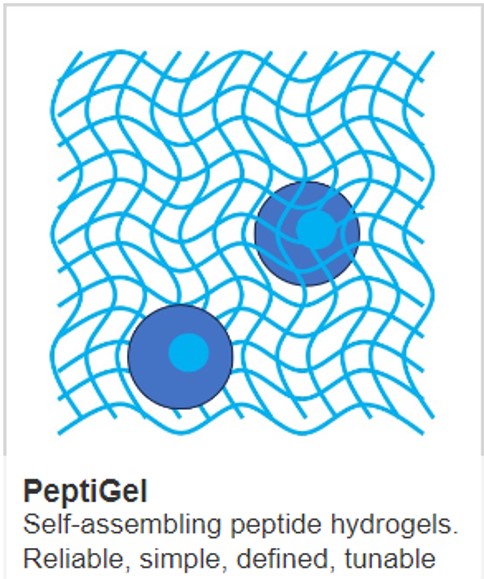Toxic effects of overdosing growth factors in cell culture

Growth factors are critical to many aspects of cell culture including proliferation, differentiation and cell maintenance. While the effects of too-little growth factors, such as lack of proliferation, are readily apparent, adding too much growth factor, though less obvious can be equally important.
Similar to drugs, as well as their desired effects, growth factors can have a myriad of unwanted side effects. Just as drugs have therapeutic windows in which the drug has efficacy and tolerable side effects, there is an optimal range for growth factors used in culture. Importance is placed by drug companies on the formulation of drugs to ensure steady bioavailability. But the same thought is not given to growth factors used in culture. Instead, most researchers focus on efficacy and not the impact of higher concentrations that exist when a growth factor is initially added.

Growth factor concentration. During the culture of cells, growth factor is added and degrades over time. It is replenished during media changes. With conventional, unformulated, growth factors, it isn't easy to control the concentration of a growth factor within the optimal range. Image Cell Guidance Systems
In fact, the negative consequences of adding too much growth factor to a cell culture can lead to numerous adverse consequences. These side effects can include:
- Cell Over-proliferation: Excessive growth factors can cause uncontrolled cell proliferation, leading to the formation of cell clumps or multilayered cell structures. This can interfere with normal cell function and differentiation.
- Cell Differentiation: High levels of growth factors can push cells to differentiate prematurely or inappropriately, which can be problematic for experiments requiring undifferentiated cells or specific differentiation pathways.
- Cell Death (Apoptosis): Paradoxically, very high concentrations of growth factors can induce apoptosis in some cell types. This is often due to the activation of stress pathways or the depletion of essential nutrients in the culture
- Altered Cell Signaling: Overstimulation of growth factor receptors can lead to aberrant signaling pathways, affecting gene expression, protein synthesis, and overall cell behavior. This can compromise the validity of experimental results.
- Nutrient Depletion: Rapid cell proliferation driven by high growth factor concentrations can lead to the rapid depletion of nutrients in the culture medium, resulting in suboptimal growth conditions and potential cell death.
- Increased Metabolic Waste: High cell density due to over-proliferation can lead to the accumulation of metabolic waste products, creating a toxic environment for the cells.
- Receptor Desensitization: Prolonged exposure to high levels of growth factors can lead to receptor desensitization or downregulation, reducing the cells’ responsiveness to growth factors over time.
- Genomic Instability: Excessive growth factor signaling can induce genomic instability, increasing the risk of mutations and chromosomal aberrations. This can be particularly problematic in long-term cultures or when maintaining cell lines for extended periods.
- Oxidative Stress: High concentrations of growth factors can lead to increased metabolic activity, which may result in the production of reactive oxygen species (ROS). Elevated ROS levels can cause oxidative stress, damaging cellular components such as DNA, proteins, and lipids.
- Altered Cell Morphology: Excessive growth factors can cause changes in cell morphology, such as increased cell size or altered cell shape, which can affect cell function and experimental outcomes.
- Inflammatory Responses: High concentrations of growth factors can sometimes trigger inflammatory responses in certain cell types, leading to the secretion of cytokines and other inflammatory mediators. This can complicate the interpretation of experimental results, especially in studies related to immune responses.
- Interference with Drug Testing: In drug testing and screening assays, high growth factor concentrations can alter cell state which interferes with the action of the drugs being tested, leading to false positives or negatives. This may be particularly important in cancer research where growth factors play a significant role.
- Epigenetic Changes: Prolonged exposure to high levels of growth factors can lead to epigenetic modifications, such as DNA methylation and histone modification, which can alter gene expression patterns and affect cell behavior
- Disruption of Cell-Cell Communication: High concentrations of growth factors can disrupt normal cell-cell communication by altering the expression of cell surface receptors and signaling molecules. This can affect tissue organization and function in multicellular cultures.
- Impact on Stem Cell Maintenance: In stem cell cultures, high growth factor concentrations can lead to the loss of stemness by promoting differentiation. This is particularly critical in maintaining pluripotent stem cells or in protocols requiring the expansion of undifferentiated stem cells.
- Increased Cellular Senescence: High concentrations of growth factors can accelerate cellular aging or senescence, particularly in primary cell cultures. This can limit the lifespan of the culture and affect the interpretation of long-term studies.
- Unintended Activation of Oncogenic Pathways: Excessive growth factor signaling can inadvertently activate oncogenic pathways, increasing the risk of transformation and tumorigenesis in certain cell types.
- Altered Immune Cell Function: In cultures involving immune cells, high concentrations of growth factors can skew the function and behavior of these cells, potentially leading to altered immune responses and affecting the outcomes of immunological studies.
- Interference with Cell Cycle Regulation: Excessive growth factors can disrupt normal cell cycle regulation, leading to issues such as cell cycle arrest or uncontrolled progression through the cell cycle, which can affect cell viability and function.
- Impact on Metabolic Pathways: High levels of growth factors can alter cellular metabolism, leading to changes in energy production, nutrient utilization, and metabolic byproducts. This can affect cell health and experimental outcomes.
- Altered Differentiation Pathways: In cultures of progenitor or stem cells, high concentrations of growth factors can push cells towards specific differentiation pathways, potentially leading to an unwanted or premature differentiation.
- Increased Apoptosis in Sensitive Cell Types: Some cell types may be particularly sensitive to high growth factor concentrations, leading to increased rates of apoptosis or programmed cell death.
Although not a comprehensive list, the above examples provide clear evidence that not controlling for the toxic side effects of growth factors at high concentrations can have serious consequences.

So what's the answer?
One solution to eliminate the peaks and troughs that result in toxic growth factor concentration in cell culture is to use a sustained-release formulation such as PODS (shown above). This protease-responsive matrix degradation formulation provides sustained release for up to a month and is also economical.
IMAGE Cell Culture. CREDIT BigStock



